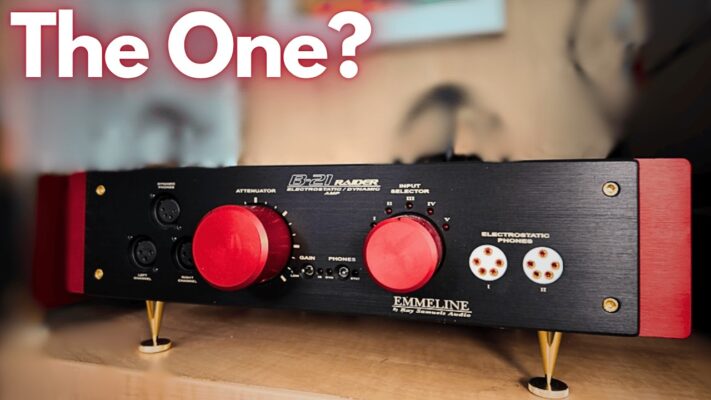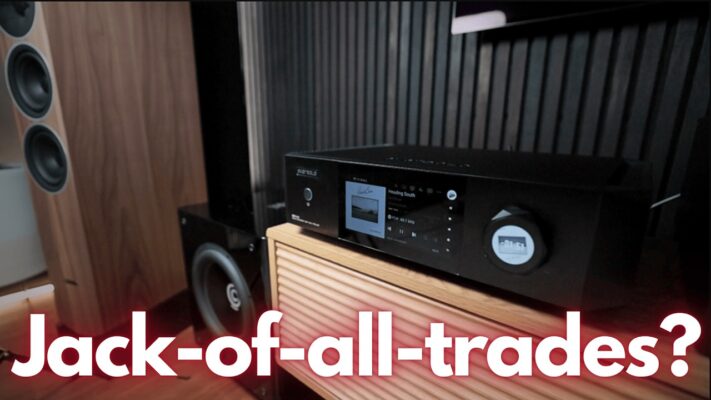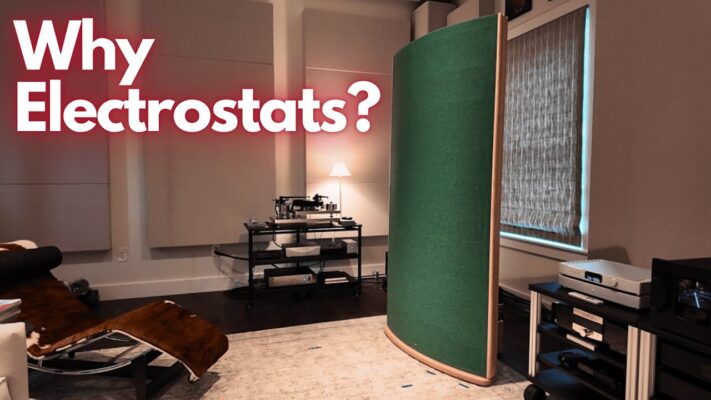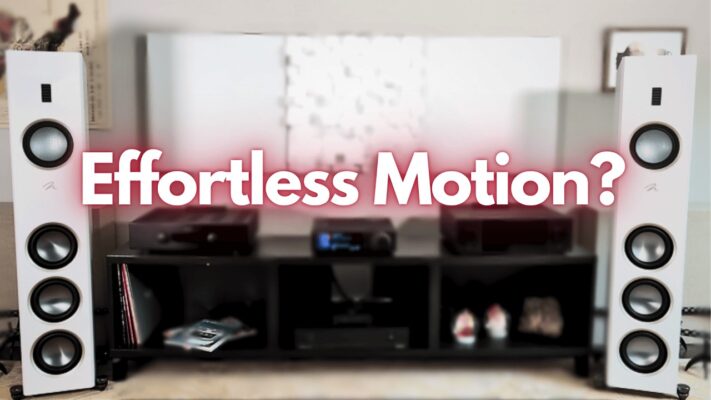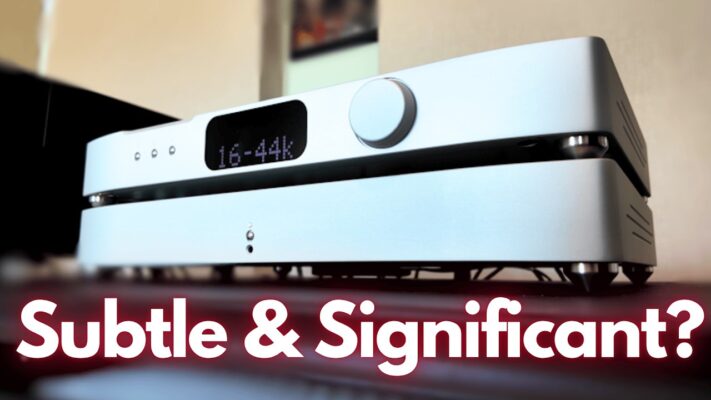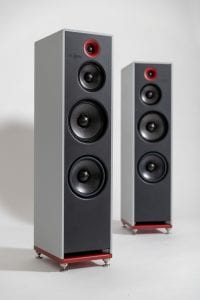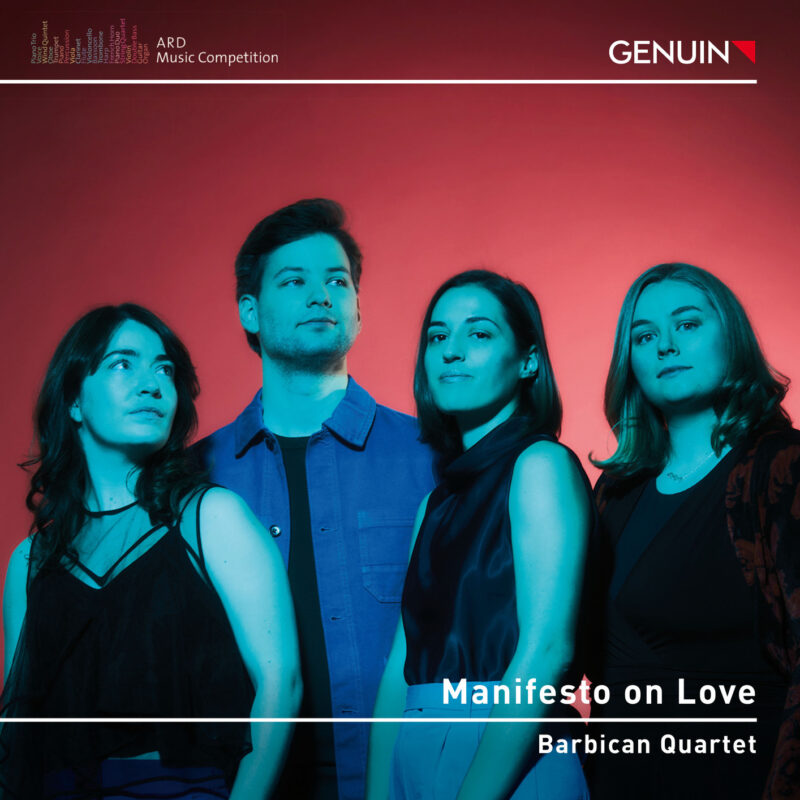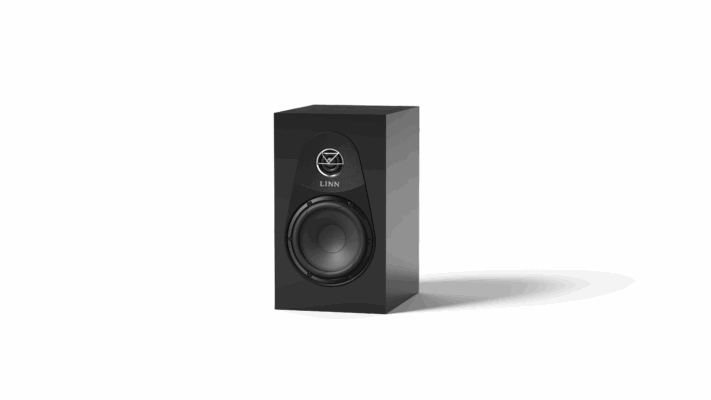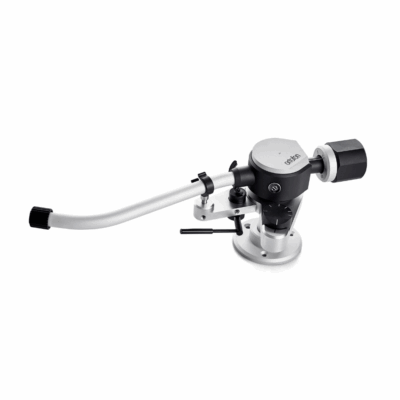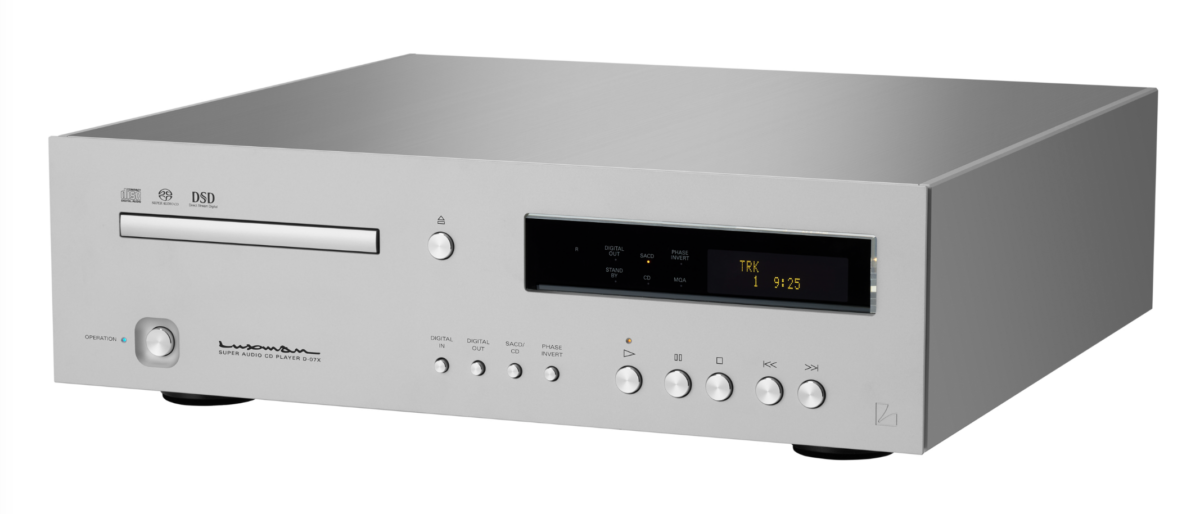StromTank S-2500 Quantum MKII Battery Power Pack and Sinewave Converter
- REVIEW
- by Jacob Heilbrunn
- Dec 31, 2024
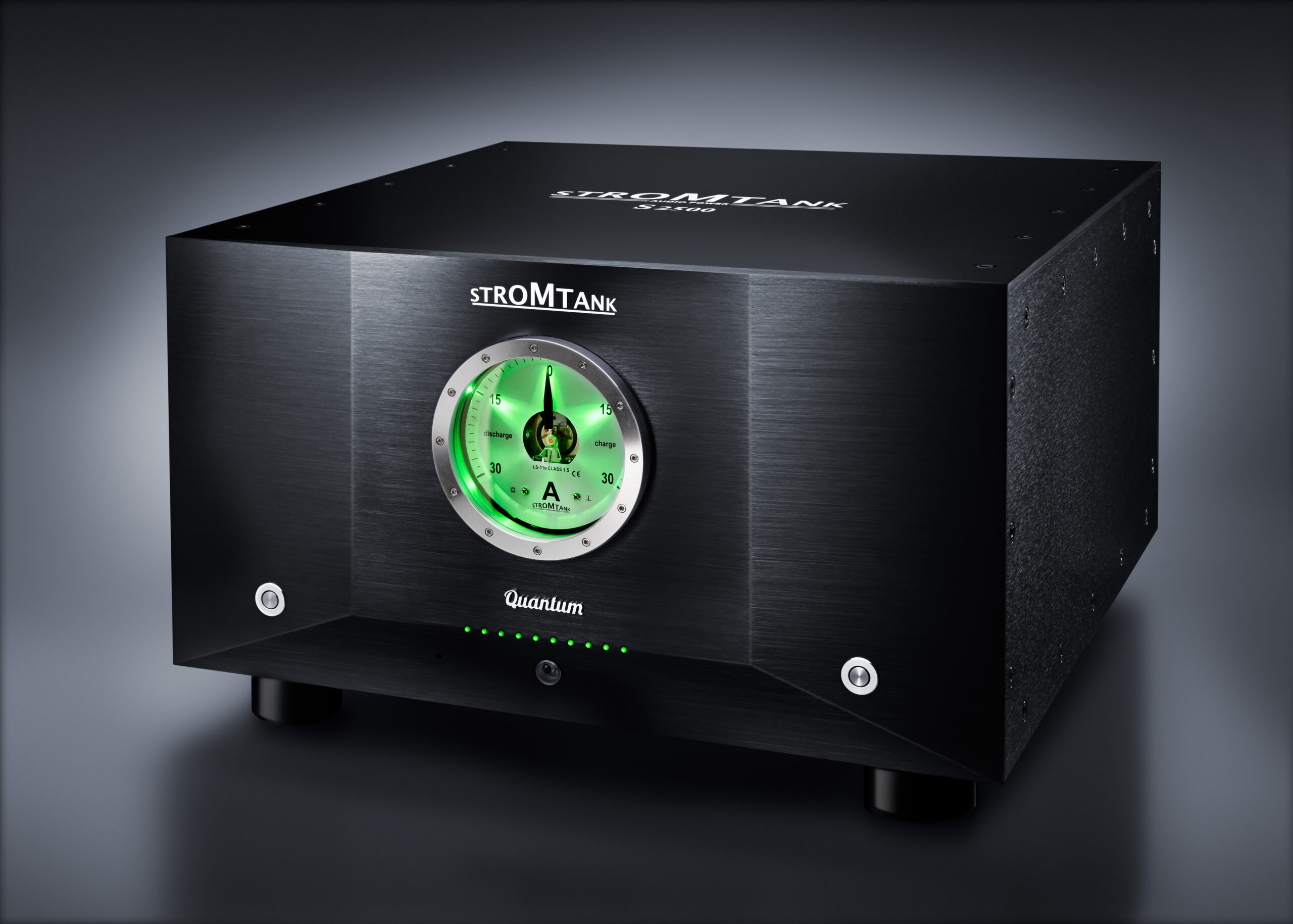
This past fall, I visited the loudspeaker company MBL’s headquarters and factory in Berlin, where it manufactures its omnidirectional speakers. The unique design was originally conceived in the late 1970s by Wolfgang Meletzky, a gifted engineer who wanted to reproduce the kind of 3D sound that he heard at the world-famous Philharmonie concert hall in Berlin (the hall, which opened in 1963, features a pentagon design that situates the orchestra in the center of the hall).
After serving as the head of MBL for several decades, Meletzky embarked upon a new endeavor—emancipating stereo equipment from the power grid. Meletzky worked with the Fraunhofer Institute Nuremberg, a leading applied research center, to design the StromTank independent power source. He premiered it in 2016 at the Consumer Electronics Show in Las Vegas. Since then, he has worked to refine and upgrade the battery-powered Stromtank, which is available in a variety of models.
The Stromtank seeks to address the most fundamental issue in sound reproduction, namely, the quality of the electricity that flows into your precious hi-fi gear. Over the years, high-end manufacturers have offered a wealth of products designed to filter, regenerate, regulate (you name it) the electricity that powers stereo systems. What the Stromtank offers is the ability to create what amounts to your own separate power source. It relies on lithium iron phosphate batteries to store enough electricity to power not only your front-end but also your amplifiers. It runs cool and is monitored by an internal computer. The goal is to provide clean, unadulterated electricity by converting incoming AC to DC that is stored in the batteries, which in turn is converted into a pure 120V 60Hz sinewave that does not suffer from the grunge and voltage sag that can affect the performance of high-end audio equipment.
Enter the Stromtank S-2500 Quantum MKII. Having tried a passel of conditioners and regenerators in the past, I was eager to give the Stromtank a whirl to see if what it had to offer differed from its rivals. In fact, I asked the factory for no fewer than two units, one for the digital front-end and the other for my analog rig. Their performance proved to be as enticing as their looks.

Getting the Stromtank up and running proved to be easy. First you insert a key that is supplied with the unit to ignite it, so to speak. Then you flip two separate power switches in succession to turn on the unit. The factory supplies inexpensive Belden cables with the Stromtank, noting that the quality of the power cable makes no difference. Once the unit is fully charged up, you can expect at least a full day’s performance before it automatically goes into recharging mode. It will continue playing even while in charging mode. I never triggered the charge mode, as I always put it into standby when I was listening via a button on the front panel that you depress and that signals the change by altering the light on the front screen from green to blue. There are a total of 16 lithium batteries in the S-2500 MKII, as well as an inverter.
What effect did all this electronic wizardry have upon my stereo system? A number of positive ones. With analog playback, I was surprised to discover that the Stromtank appeared to improve the speed stability of the Air Force Zero turntable. In reviewing the direct-drive Oswalds Mill Audio K3 turntable, I was struck by its accuracy, particularly when it came to reproducing transient information. Whether it was classical or jazz music, the K3 had a metronomic precision that was extremely impressive.
My sense was that in this regard the Stromtank had what can only be termed a salubrious effect upon the performance of the Zero. On a Cheech and Chong LP called Los Cochinos, I listened closely to the boisterous number “Sargent Stadanko,” which centers on a police officer who visits the classroom of Sister Mary Elephant to warn her young charges that “Only dopes use dope.” The Stromtank improved the enunciation of both Cheech and Chong, increased dynamics, and rendered the background guffaws of the high schoolers far more intelligible. Overall, the presentation was also a lot more dynamic. Something similar occurred on a Concord LP called The Artful Dodger that features the pianist Victor Feldman. On numbers such as “Limehouse Blues” and “Agitation,” I was smitten by the increased resolution provided by the Stromtank. The result was that instruments such as the drums and piano sounded crisper and less smeared than when I heard them before without the benefit of the Stromtank. Another nice perk was that the Stromtank seemed to help clean up the fracturing that could take place on some LPs when the piano keys were vigorously struck in the treble region.
A case in point was a marvelous Decca recording from 1976 of the Romanian pianist Radu Lupu playing Schubert’s Sonata in G major. I always cringed at certain points where the piano notes would splinter as Lupu walloped the keys, but with the Stromtank in operation the Air Force Zero sailed through the previously offending passages with ease. Overall, the Stromtank had what might be called a disaggregating effect upon some of the nasties that can plague older vinyl recordings. Put otherwise, it had the effect of cleaning up the sound. On a Riverside pressing, Last Chorus, the alto sax, drums, trombone, and trumpet were comfortably in their own spaces without any of the fuzziness that can sometimes surface on older jazz recordings.
When it came to digital recordings, I was also intrigued by what the addition of the Stromtank to the sonic mix would produce. As it happens, unlike a certain reviewer who resides in New Jersey and regards digital recordings with frostiness if not hostility, I’m a fan of the genre. The Stromtank amplified, as it were, some of the inherent strengths of digital recordings. One aspect of digital I very much enjoy is its silky rendering of violin and brass passages in the treble area. The Stromtank added another level of finesse to the proceedings. Perhaps this was because of its ability to remove hash and grunge or simply because of the constant sinewave that it produces, or a combination of the two. On a Chandos recording of the violin virtuoso Francesca Dego, for example, of the Busoni Violin Concerto in D major, I relished listening to her rendition of the second andante movement, which achieved a kind of aching purity. Then there were the supple and precise 16th note passages in the final allegro impetuoso movement. All in all, it was a breathtaking experience.
Another aspect of the Stromtank that was palpably evident on digital recordings was its tonal fidelity. I have a soft spot for classical trumpet and listened extensively to the Hungarian virtuoso, Gabor Boldoczki, playing Handel and Telemann concertos. The Stromtank intensified the tonal density of his playing on the piccolo trumpet and brought out with a new degree of clarity his shadings of notes. I heard the same phenomenon on a BIS recording of Andrea Haefliger playing Beethoven’s Piano Sonata No. 16 in G major. Not only was there an added degree of richness in the bass, but the trills that begin the sonata’s second movement were also articulated more clearly than I had previously experienced them. In a word, they sounded more pearl-like.
After listening to the Stromtank for a few months, I also plugged the DarT-ZeeL NHB-468 monoblock amps into it. The Stromtank was easily able to handle the amplifiers’ power draw. The noise floor was further reduced and the sense of hall space increased. But plugging in the amps also led to a somewhat more subdued performance. It wasn’t that dynamics were suppressed, or transients blunted. Adding the amps to the Stromtank simply produced a plusher ride, one that some listeners will gravitate toward, and others find too much of a good thing.
The Stromtank amply delivers on its promise to elevate the performance of a stereo. More often than not, power products have as many pluses as minuses. Not here. There was no blunting of dynamics, no softening of transients, no smudging of harmonics. On the contrary, the S-2500 MKII lowered the noise floor, enlarged the soundstage, increased the sense of black backgrounds, retrieved additional detail, and fortified dynamic swells. Throughout, it brought me one step closer to the musical truth. Let me put it bluntly: I’m not sure I can live without this marvelous device.
Specs & Pricing
Input voltage range: 50 to 140VAC/150 to 265VAC
Input frequency: 45Hz to 65Hz (autosensing)
Output voltage: 100–130Vac/200–245VAC (pure sinewave ±2%)
Output frequency: 50Hz/60Hz ± 0.05% (crystal controlled)
Harmonic distortion: <2%
Continues power @ 25°C: 600VA
Power 30 min. @ 25°C: 1000VA
Dimensions: 48 x 45 x 30cm/19″ x 17″ x 12″
Weight 61 kg/134 lbs.
Price: $27,250

By Jacob Heilbrunn
The trumpet has influenced my approach to high-end audio. Like not a few audiophiles, I want it all—coherence, definition, transparency, dynamics, and fine detail.
More articles from this editor









